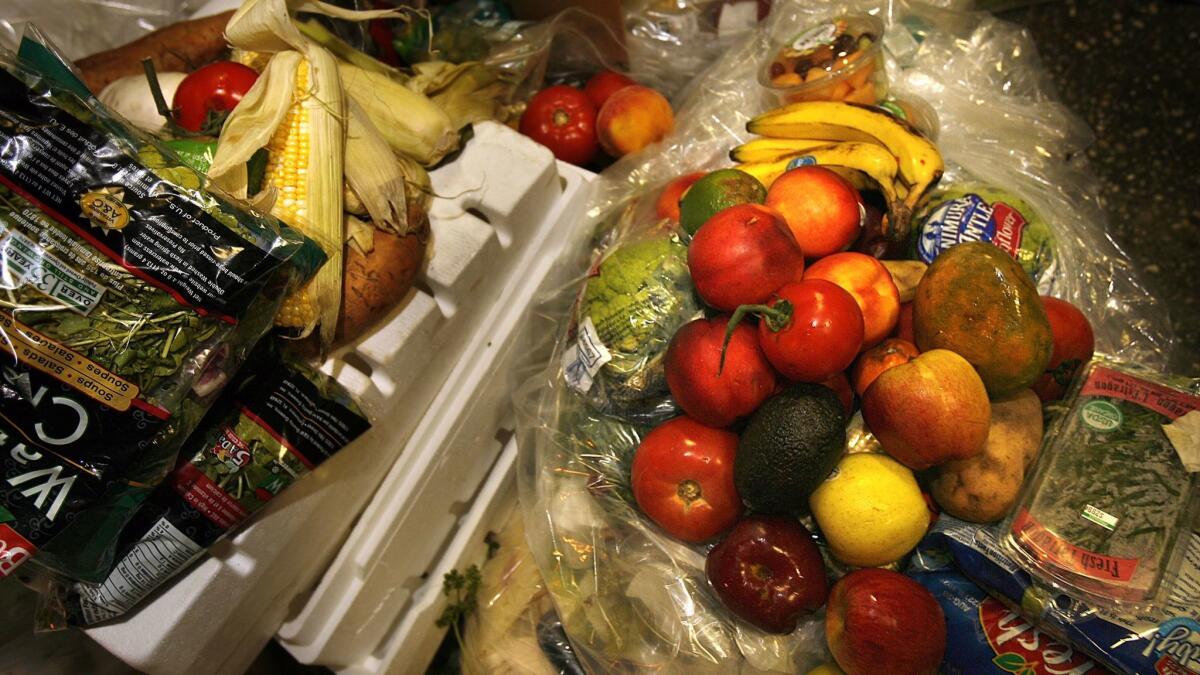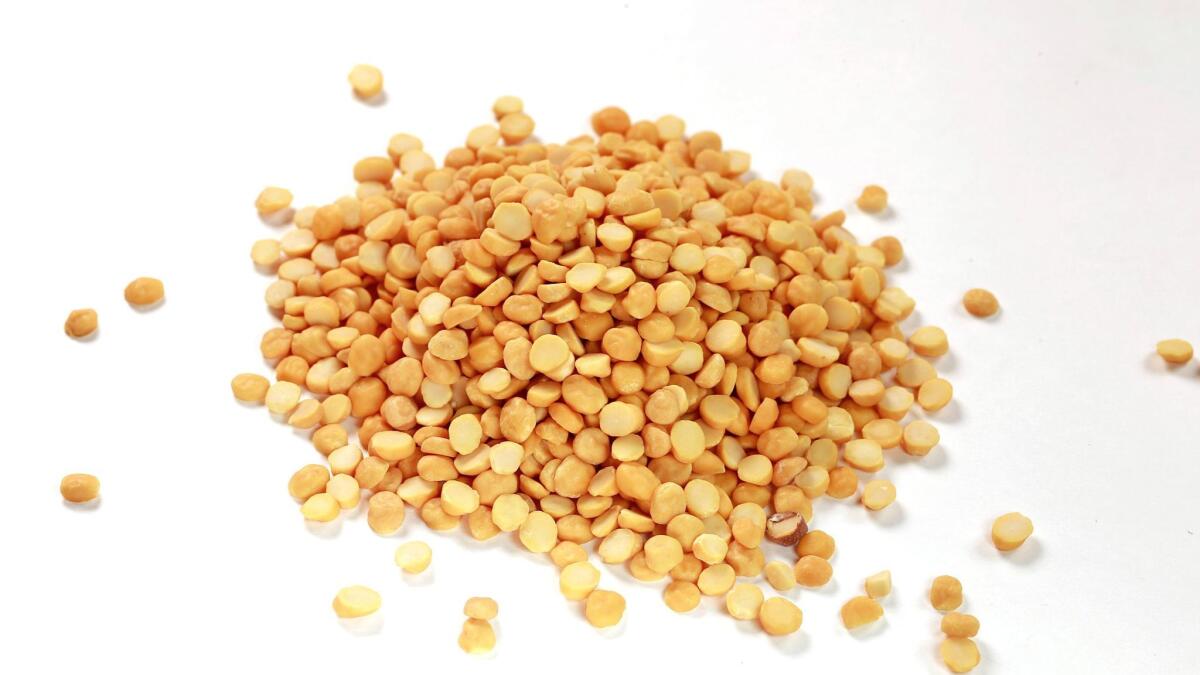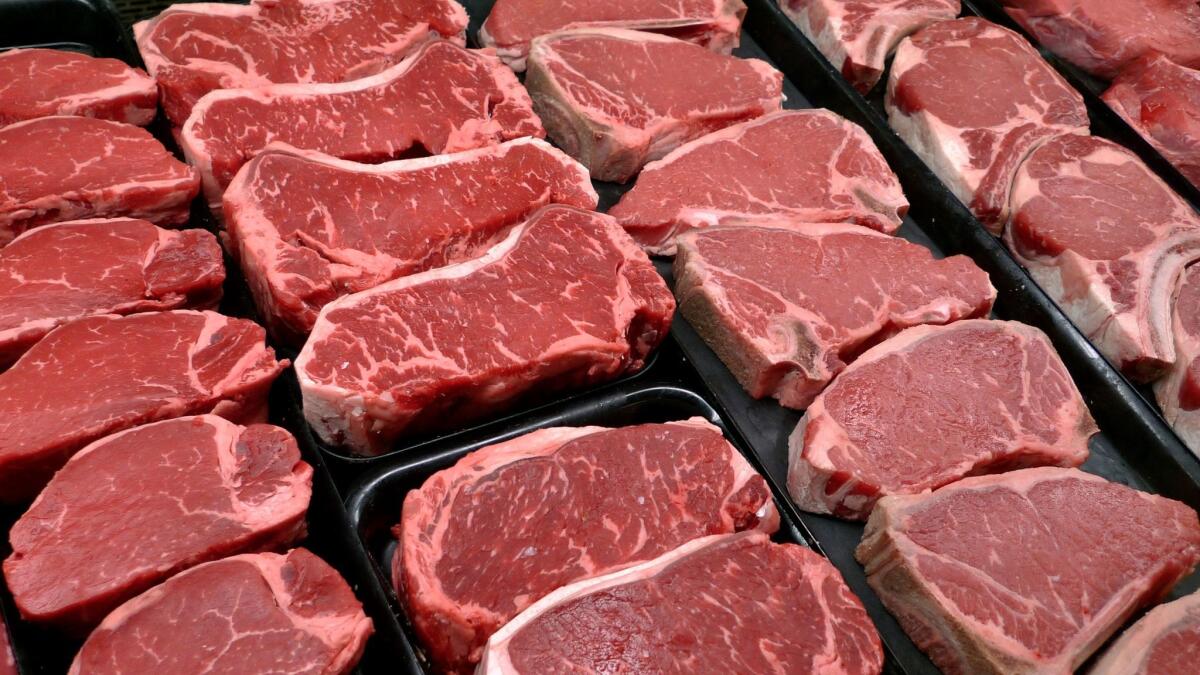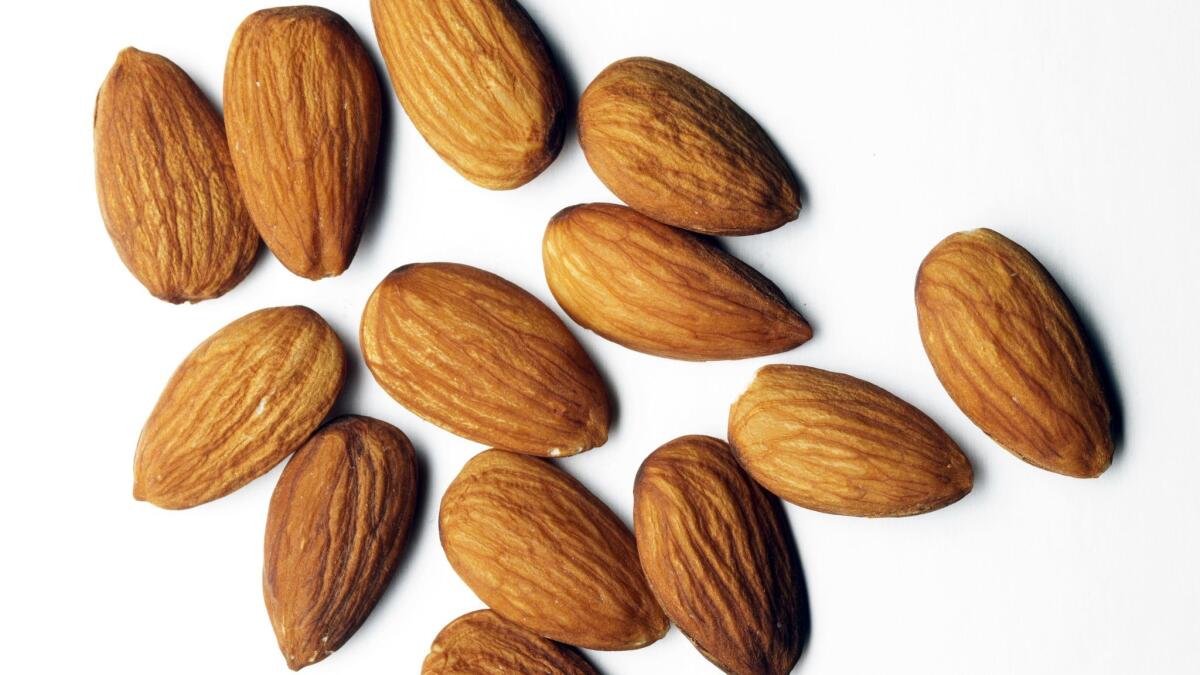Experts measure food waste not in dollars or tons, but by calories, vitamins and minerals

You may have heard that Americans waste more than 38 million tons of food each year, or that the value all this discarded food adds up to about $165 billion annually.
That’s bad enough, but consider this: If all that lost food were put on people’s plates, it would be enough to provide more than 190 million adults with 2,000 calories of energy every day, according to a new report in the Journal of the Academy of Nutrition and Dietetics.
Keep in mind that these calories are being squandered in a country where 14% of households sometimes have trouble putting food on the table.
“U.S. landfills represent vast repositories of lost nutrition,” the report’s authors wrote. According to their calculations, the food Americans threw away in 2012 would have provided 2,000 calories each day to more than 80% of the nation’s adults.
To make matters even worse, nutritious food was more likely to be squandered than actual junk food. “Vegetables, fruits, seafood, and dairy products are wasted at disproportionately high rates,” wrote the researchers, a group led by registered dietitian and Ph.D. candidate Marie Spiker of the Johns Hopkins Bloomberg School of Public Health.
Here’s a look at some of their findings:
Vitamin A
The food wasted in 2012 contained enough vitamin A to meet the daily requirements of 138 million women and or 108 million men. (For the sake of comparison, there were about 119 million adult women and 116 million adult men in the United States that year.)
If that wasted food had been distributed to Americans who needed it, it would have allowed 998 million women or 641 million men to make up the gap between their actual vitamin A consumption and the amount they should have consumed based on the Institute of Medicine’s Recommended Dietary Allowances, or RDAs.
Our bodies use vitamin A to maintain vision, our immune systems and our reproductive systems. Organs including the heart, lungs and kidneys rely on it too.

Calcium
Americans’ 2012 food waste contained enough calcium to satisfy the entire daily requirements of 90 million women or 90 million men. It also would have been enough to erase the calcium deficiency for the equivalent of 680 million American women. (Women between the ages of 51 and 70 require more calcium than men.)
Calcium is the mineral that makes bones and teeth strong. It also plays a role in moving blood throughout the circulatory system, transmitting electrical signals between the brain and the rest of the body, and allowing hormones and enzymes to facilitate all sorts of essential functions.

Magnesium
The food wasted in 2012 had enough magnesium to give 86 million women or 67 million men their entire recommended amount. Based on the eating habits of actual Americans, that magnesium would have made it possible for 741 million American women or 606 million American men who were magnesium-deprived to meet the government’s standard.
Magnesium allows muscles and nerves to function properly, and it helps the body keep blood pressure and blood sugar in check. The mineral is also an ingredient in our bones, in protein and in DNA.

Fiber
About 74 million women or 49 million men could have been kept in good digestive health with the fiber in food that Americans wasted in 2012. If that fiber had gone to women who needed some extra, an additional 207 million of them would have met the Institute of Medicine’s threshold; if it had gone to American men, 104 million of them would have closed the gap.
Dietary fiber keeps your cholesterol, blood sugar and weight in check. It also keeps your bowel movements regular.

Iron
Wasted food contained enough iron for 93 million women or 209 million men to satisfy their full daily requirement. Had that food gone to American women with iron deficiencies, it would have allowed 379 million of them to meet their RDAs.
Without iron, our blood cells wouldn’t be able to ferry oxygen from the lungs to the rest of our bodies. The mineral is an essential component of hemoglobin and myoglobin, two proteins that do this job.

Vitamin E
The food wasted by Americans in 2012 contained enough vitamin E to allow 76 million women or 76 million men to get their full recommended daily dose of the nutrient. If that wasted food had been offered to those who needed it, 156 million women or 242 million men could have closed the gap between the amount of vitamin E they got and the amount the government recommended.
Vitamin E is an antioxidant that helps cells weather the damage inflicted by harmful molecules called free radicals. Vitamin E also fuels the immune system, among other useful functions.

The report also tallied other nutrients, including potassium, vitamin C and vitamin D. You can read the full report here.
Follow me on Twitter @LATkarenkaplan and "like" Los Angeles Times Science & Health on Facebook.
MORE IN SCIENCE
The human nose has been underrated for 150 years, but science is setting the record straight
Four things Americans should know about Dr. Scott Gottlieb, the new head of the FDA
When it comes to life expectancy in America, not all counties are created equal




